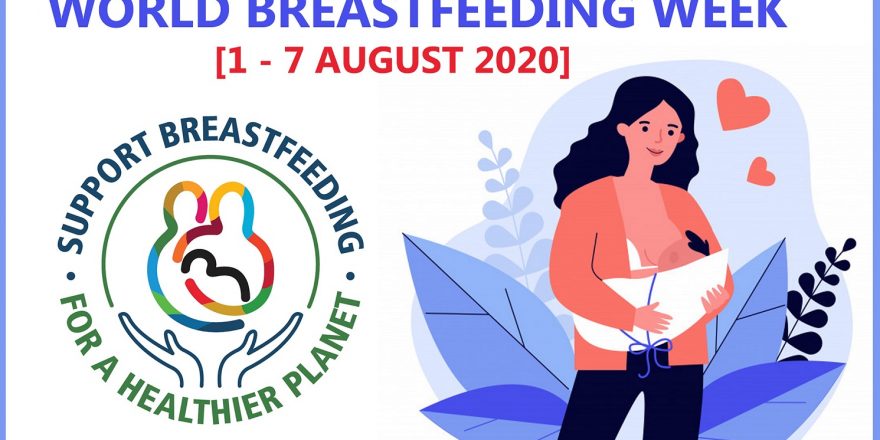The shocking truth about carbs and diabetes
It’s your body’s main source of fuel. It gives you the energy to keep moving. It nourishes your brain. But it also makes you fat, causes diabetes and gives you heart disease. We are talking of carbohydrates, of course, the food that gets converted into glucose, or sugar, in our body during digestion.
Ever since the Atkins Diet hit the headlines at the turn of the new millennium, carbohydrate confusion has gripped the world: should we go low on carbs, or high? How much do we need every day? What is healthy, what’s not? What’s the best way to eat carbs?
Sometimes new research comes and overturns the way the world thinks. Here is one such research, that is showing the way out of the carb crisis. Investigating dietary patterns across five continents, it has found how the quality of carbohydrate in the diet makes all the difference.
The PURE research
Published in the prestigious New England Journal of Medicine on February 24, the study has linked a diet high in poor quality carbohydrates (called a high glycemic diet) to a greater risk of diabetes, heart disease, stroke and death. The researchers followed a total of 137,851 people, between age 35 and 70 years for 9.5 years through the Population Urban and Rural Epidemiology (PURE) study.
“Poor-quality carbohydrate foods include those that contain a low amount of fibre and a higher percentage of refined grains than whole grains,” says Dr V. Mohan, co-author of the study, chief of Dr. Mohan’s Diabetes Specialities Centre and the Madras Diabetes Research Foundation. Whole grains and high-fibre foods are known to prevent chronic diseases. While previous data on this issue have primarily been collected from high-income Western countries, this is the largest of a geographically and dietary diverse population, he explains.
The PURE study, which has been ongoing for 18 years, is an international collaboration run by the Population Health Research Institute (PHRI) of McMaster University and Hamilton Health Sciences, Canada. It is supported by dozens of government health agencies, charities, and pharmaceutical companies, among several organisations, from all the countries participating in the study.
Dangers of poor carbs
When you consume carbohydrates, they are broken down into simple sugars in your body. There are some carbs that are digested slowly, leading to a slower and more gradual rise in blood glucose. Then there are carbs that are digested fast and hike up blood sugar levels rapidly. These are poor quality carbohydrates.
With all carbs, as glucose levels rise, the hormone insulin is released to bring it down to normal (fasting) levels. The magnitude of the rise and fall, and the duration over which it occurs, vary for different carbs. Poor quality carbs produce a sharp rise in blood glucose, followed by a sharp fall. There is clear scientific evidence that the sharper and faster the process is, the worse the health outcomes.
Of the tools that help to measure this process, the most significant are Glycaemic Index (GI, or the ranking of food based on their effect on blood sugar levels) and Glycaemic Load (GL or the amount of carbohydrates in food times its glycemic index). Foods with chronically high GI and GL are known to lead to negative metabolic consequences.
The food questionnaire
Although many studies support the consumption of a low GI diet in the prevention and treatment of diabetes, data regarding heart disease risk have been more mixed. In addition, most data have been collected from high-income Western populations. The latest research probes the extent to which GI and GL have any value as markers of carbohydrate quality, for chronic diseases in general and heart disease in particular for a wide swathe of the global population.
The research team used food questionnaires to measure the long-term dietary intake of participants and estimate the GI and GL of diets. They categorised dietary intake of carbohydrates depending on whether specific types of carbs increased blood sugars more than others (high GI) and compared this index to the occurrence of heart disease or death.
They found that people consuming a diet in the highest 20 per cent of GI were 50 per cent more likely to have a heart attack, stroke, or death if they had a pre-existing heart condition. If they did not, there seemed to be a 20 per cent likelihood of having an event. These risks were also higher among those people who were obese.
Poor carbs, a worldwide issue
“I have been studying the impact of high glycemic diets for many decades,” says first author, David Jenkins, professor of nutritional sciences and medicine at the University of Toronto’s Temerty Faculty of Medicine, who is also a scientist in the Li Ka Shing Knowledge Institute of St. Michael’s Hospital, Unity Health Toronto.
Jenkins is credited with developing the concept of the glycemic index in 1980–1981, as a way of explaining the way in which dietary carbohydrate impacts blood sugar. “This study ratifies that the consumption of high amounts of poor quality carbohydrates is an issue worldwide.”
“PURE study papers have already indicated that not all carbohydrates foods are the same,” he adds. “Diets high in poor quality carbohydrates are associated with reduced longevity, while diets rich in high-quality carbohydrates such as fruit, vegetables and legumes have beneficial effects,” he explains.
PHRI research investigator Mahshid Dehghan points out: “This study also makes it clear that among a diverse population, a diet low in both its glycemic index and load has a lower risk of cardiovascular disease and death.”
Rethinking carbs and health
“This calls for a fundamental shift in our thinking of what types of diet are likely to be harmful and what types neutral or beneficial,” says Salim Yusuf, senior author of the study, the principal investigator of the PURE study, executive director of the PHRI, and a professor of medicine at McMaster.
Most fruits, vegetables, beans, and intact whole grains have a low glycemic index, while white bread, rice, and potatoes have a high glycemic index. “The present data, along with prior publications from the PURE and several other studies, emphasise that consumption of poor quality of carbohydrates are likely to be more adverse than the consumption of most fats in the diet,” he adds.
Here are a few takeaways from the study:
1) Across geographic and economic regions, diets with a high GI are associated with a higher risk of heart disease and death, than diets with a low GI.
2) Diets with a high GI especially put people with a higher BMI at increased risk for diabetes, cardiovascular disease, and certain cancers.
3) People with low GI and low GL diets have a lower risk of cardiovascular disease and death than those who consume a diet with a higher GI and GL.
4) Diets with a low GI are associated with lower glycemic levels, serum cholesterol (HDL, LDL and triglycerides), C-reactive protein (response to inflammation) and lower blood pressure.
5) Low GI diets are linked to a reduced incidence of diabetes, heart disease and stroke, conditions that may increase the risk of death from other causes—possibly including coronavirus disease 2019 (Covid-19).
6) More rapid changes in dietary patterns are likely to be seen in populations that have had rapid economic growth. The study comes as a timely reminder to researchers, doctors, policy-makers and the public to rethink carbs and embrace diets with low GI.



